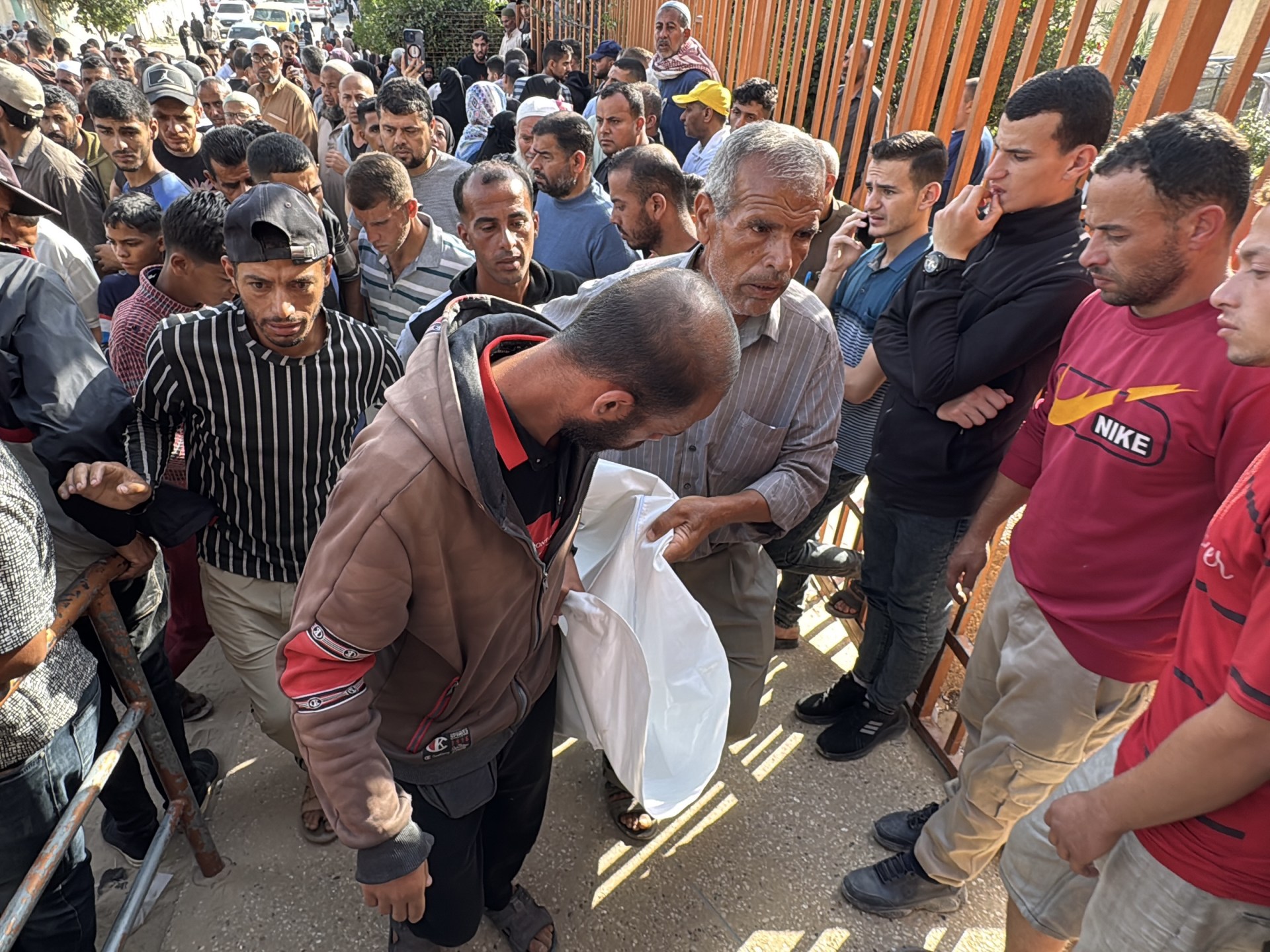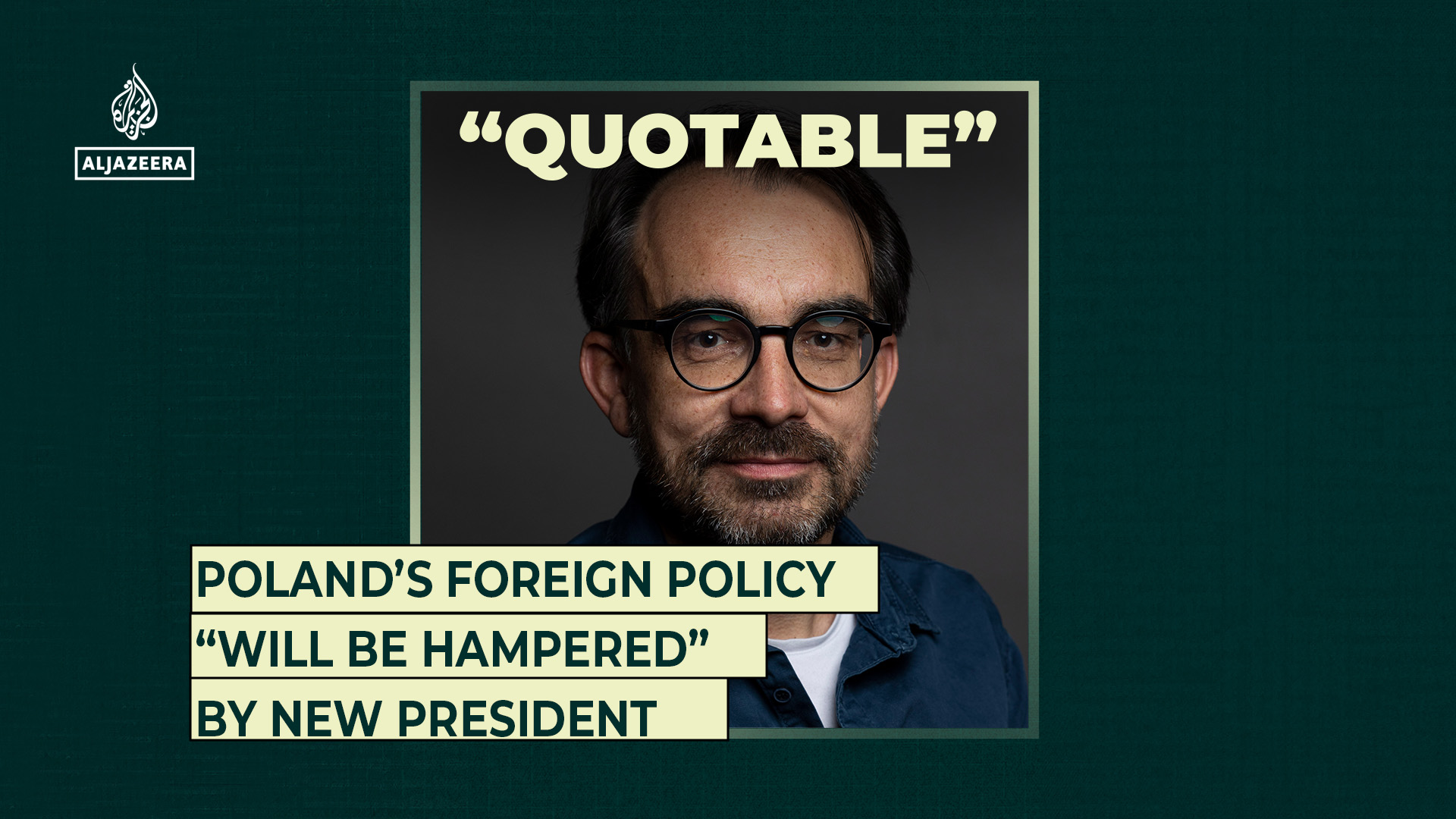Today, three Palestinians have been killed and 35 wounded by Israeli fire near an aid distribution centre in the Gaza Strip’s southern city of Rafah. The attack came a day after Israeli tanks opened fire on thousands of desperate and hungry Palestinians at the same site, killing at least 31 people. One person was also shot dead at another distribution site near the Netzarim Corridor in central Gaza the same day.
There are currently only four such sites distributing food to Gaza’s starving population of two million people, who for nearly three months were forced to contend with a full Israeli blockade that prevented the entry of all aid into the enclave.
On May 19, Israeli Prime Minister Benjamin Netanyahu magnanimously opted to allow a resumption of “minimal” aid deliveries to Gaza, having determined that impending mass starvation was a “red line” that might jeopardise the undying support of the US, Israel’s traditional partner in crime and the primary enabler of its slaughter.
And yet these mass killings suggest that the new “minimal” arrangement offers Palestinians a decidedly horrific choice: either die of starvation or die trying to obtain food – not, of course, that these are the only two options for dying in a genocidal war in which Israel has indiscriminately bombed hospitals, refugee camps and everything else that can be bombed, killing more than 54,400 people.
The aid distribution hubs are run by a sketchy new outfit called the Gaza Humanitarian Foundation (GHF), initially an Israeli brainchild that operates as a private aid organisation registered in both Switzerland and the US state of Delaware. As The Guardian newspaper noted, the GHF has “no experience distributing food in a famine zone”. It does, however, have ties to the US and Israeli governments and employs former US military and intelligence officers.
So it is that food distribution in Gaza now transpires under the supervision of armed US security contractors at hubs conveniently located near Israeli military positions. The four sites that are currently operational are located in central and southern Gaza while a significant part of the enclave’s population is in the north. To reach the hubs, many Palestinians must walk long distances and cross Israeli military lines, further endangering their lives.
No mechanism is in place to distribute food to elderly, sick or wounded Palestinians – not to mention starving people unable to engage in such physical exertion in the hopes of putting something in their stomachs.
Furthermore, the GHF initiative feeds into Israel’s forced displacement scheme whereby surviving Palestinians will be concentrated in the south in preparation for their eventual expulsion, as per US President Donald Trump’s plan for a reborn Gaza Strip largely devoid of Palestinians.
In other words, the GHF is not in Gaza to alleviate hunger or cater to the needs of its population; rather, the food distribution hubs are a lucrative PR stunt aimed at creating a “humanitarian” distraction from a continuing policy of deliberate starvation and genocide.
The United Nations and aid organisations have lambasted the weaponisation of humanitarian aid while the situation was apparently too much to handle even for Jake Wood, the former US marine sniper who served as the GHF’s executive director before his recent resignation on the grounds that “it is not possible to implement this plan while also strictly adhering to the humanitarian principles of humanity, neutrality, impartiality and independence”.
The massacres of the past two days are not the first such incidents to occur on the GHF’s watch. Since the launch of the initiative in late May, there have been numerous killings of Palestinians near distribution points. According to Gaza’s Government Media Office, the total number of people killed while seeking aid from this scheme has reached 52 so far.
And yet the slaughter of Palestinians in Gaza trying to engage in that most necessary human activity of eating is hardly new. Recall that on February 29, 2024, at least 112 desperate Palestinians were massacred while queueing for flour southwest of Gaza City. More than 750 were wounded.
After that particular episode, then-US President Joe Biden announced that the US would airdrop food into Gaza, another costly PR spectacle incapable of providing even a drop in the bucket in terms of the humanitarian needs of the population. A more straightforward and efficient move would obviously have been to pressure the Israelis to cease blocking aid trucks from entering Gaza by land – and for the US to, you know, cease bombarding Israel with billions of dollars in aid and weaponry.
As it turned out, airdrops can be lethal too, and just a week after Biden’s announcement, five Palestinians were killed when a parachute attached to an aid pallet failed to open. To be sure, there are few things more abominably ironic than hungry people being killed by food aid literally crashing onto their heads.
Call it humanitarian slaughter.
Then there was Biden’s $230m humanitarian aid pier, which shut down in July after a mere 25 days of service. It was heavily criticised by aid groups as another expensive, complex and ineffective means of getting food and other aid into Gaza. But then again, effectiveness was never the point.
Now, if the GHF’s Gaza debut is any indication, the militarised distribution of food will continue to provide opportunities for mass killing as crowds of starving Palestinians gather around aid hubs. The phrase “shooting fish in a barrel” comes to mind – as if the Gaza Strip weren’t enough of a barrel already.
To be sure, the idea of luring starving people to specific geographical points to facilitate Israel’s genocidal conquest is singularly diabolical. And as the US persists in enabling Israel’s fish-in-a-barrel approach, any remotely moral world would refuse to stomach the arrangement any longer.



